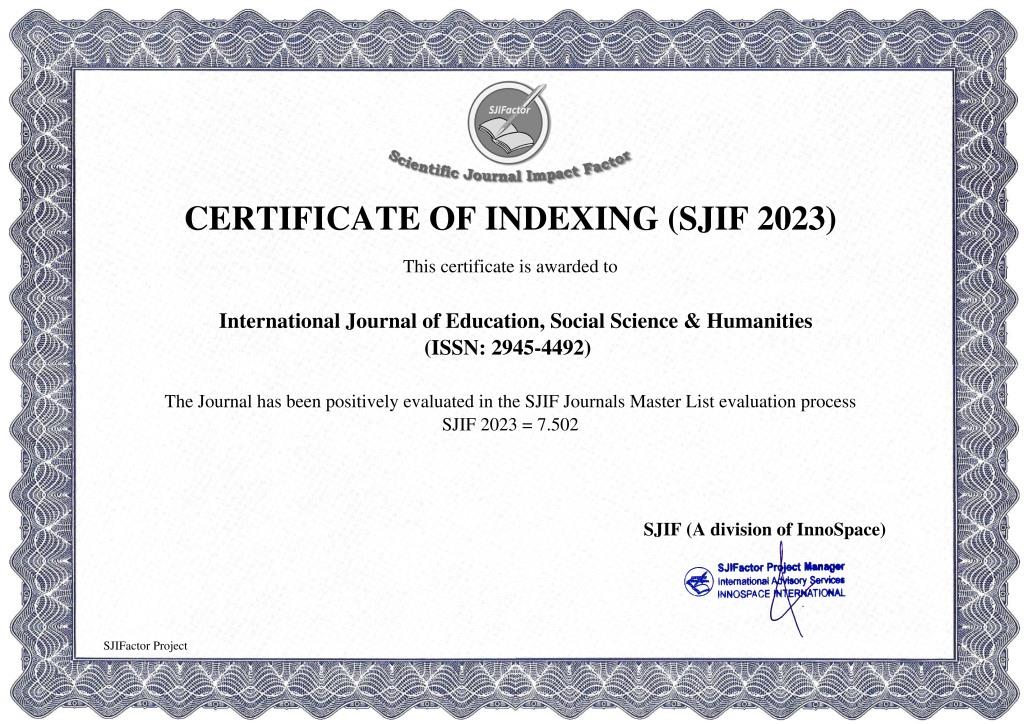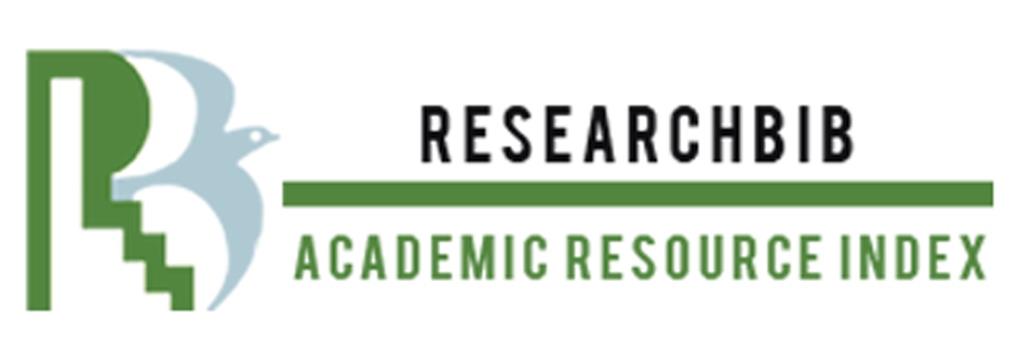TEACHING ENGLISH AS A SECOND LANGUAGE OR AS A FOREIGN LANGUAGE
Keywords:
interference, TESOL, TEFL, EFL, CBSE, CLT, foreign language, authentic, speech, correct pronunciation.Abstract
The article explores the importance of purposeful work to overcome phonetic interference at the pronunciation level. Recommendations are given to teachers on the use of a variety of exercises that contribute to the formation of strong phonetic skills, as well as the development of students’ability to hear pronouncing errors and correct them effectively.
References
1. Celce-Murcia M., 2001. Teaching English as a Second or Foreign Language. USA: Heinle&Heinle. 134 p.
2. Chaney A.L. and Burk T.L., 1998. Teaching Oral Communication in Grades K-8.Boston: Allyn&Bacon. 79 p.
Anderson, W.L. and Stageberg, N.C. (1966)
Introductory Readings on Language, New York: Holt, Rinehart & Winston.
Argyle, M. (1972) The Psychology of Interpersonal Behaviour, Penguin, 2nd edn.
Austin, J.L. (1962) How to Do Things with Words, Oxford University Press.
Bach, T. and Harris, F.L. (eds) (1968)
Universals in Linguistic Theory, New York: Holt. Rinehart & Winston.
BBC/British Council (1976) Teaching Observed, 13 films with hand book.
Binham, P. (1968) How To Say It, Longman.
Bloomfield, L. (1935)Language, Allen & Unwin, revised British edn.
Bolinger, D. (ed.) (1972) Intonation, Harmondsworth: Penguin.
Bolinger, D. (1975) Aspects of Language, Harcourt Brace Jovanovich 2nd edn.
Bolinger, D., and Sear, D.A. (1981) Aspects of Language, Harcourt Bruce, 3rd edn.
Bright, J.A. and McGregor, G.P. (1970)














